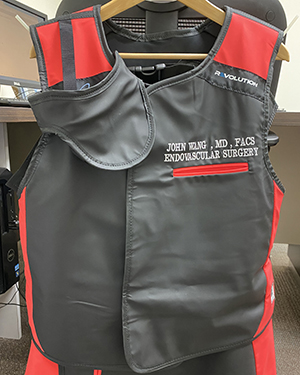

Endovascular Surgery
Endovascular Surgery avoids making large incisions traditionally needed for open revascularization, and instead, utilizes small incisions over access vessels such as the femoral or brachial arteries, or great saphenous veins. Using sheaths, catheters and wires to traverse the vascular lesions, treatment can be rendered using balloon angioplasty, transluminal stenting, with or without drug-elution technology. Advantages of endovascular surgery include: less discomfort, quicker recovery and return to normal activities, fewer complications, less scarring, and the ability to treat older and sicker patients.








Endovascular Surgery
Endovascular Surgery avoids making large incisions traditionally needed for open revascularization, and instead, utilizes small incisions over access vessels such as the femoral or brachial arteries, or great saphenous veins. Using sheaths, catheters and wires to traverse the vascular lesions, treatment can be rendered using balloon angioplasty, transluminal stenting, with or without drug-elution technology. Advantages of endovascular surgery include: less discomfort, quicker recovery and return to normal activities, fewer complications, less scarring, and the ability to treat older and sicker patients.












